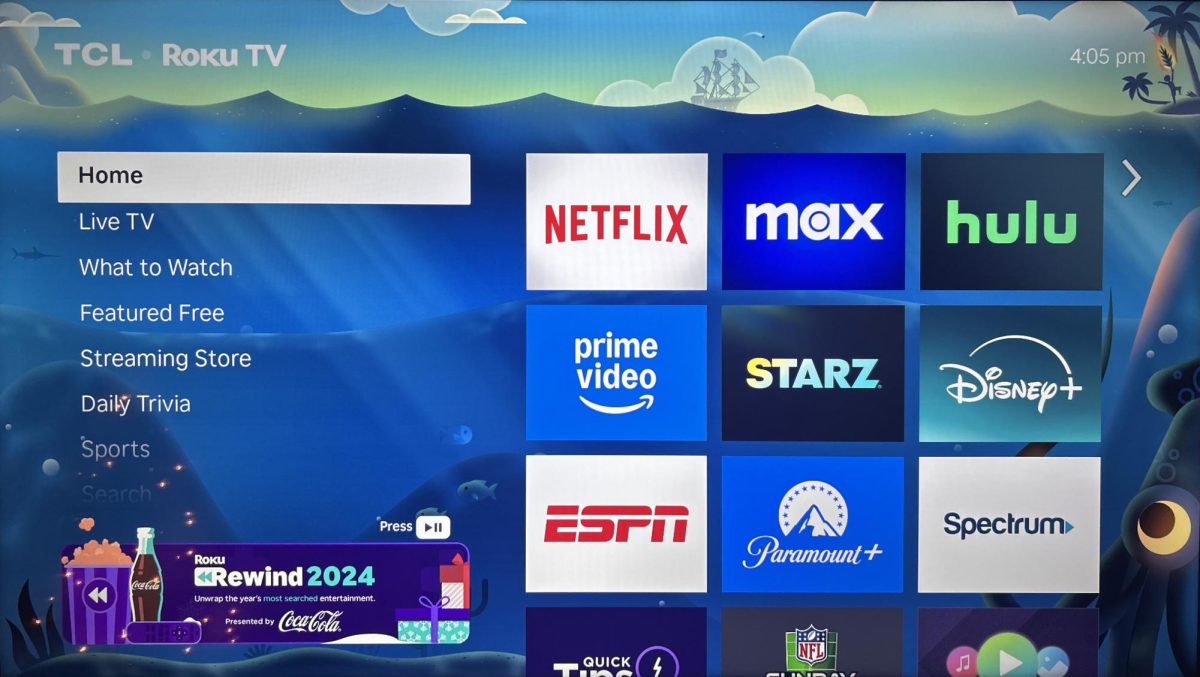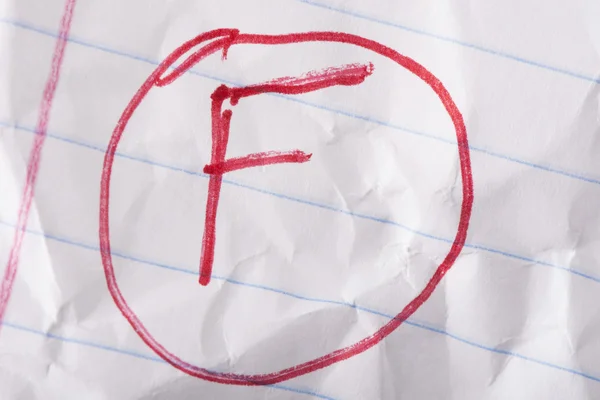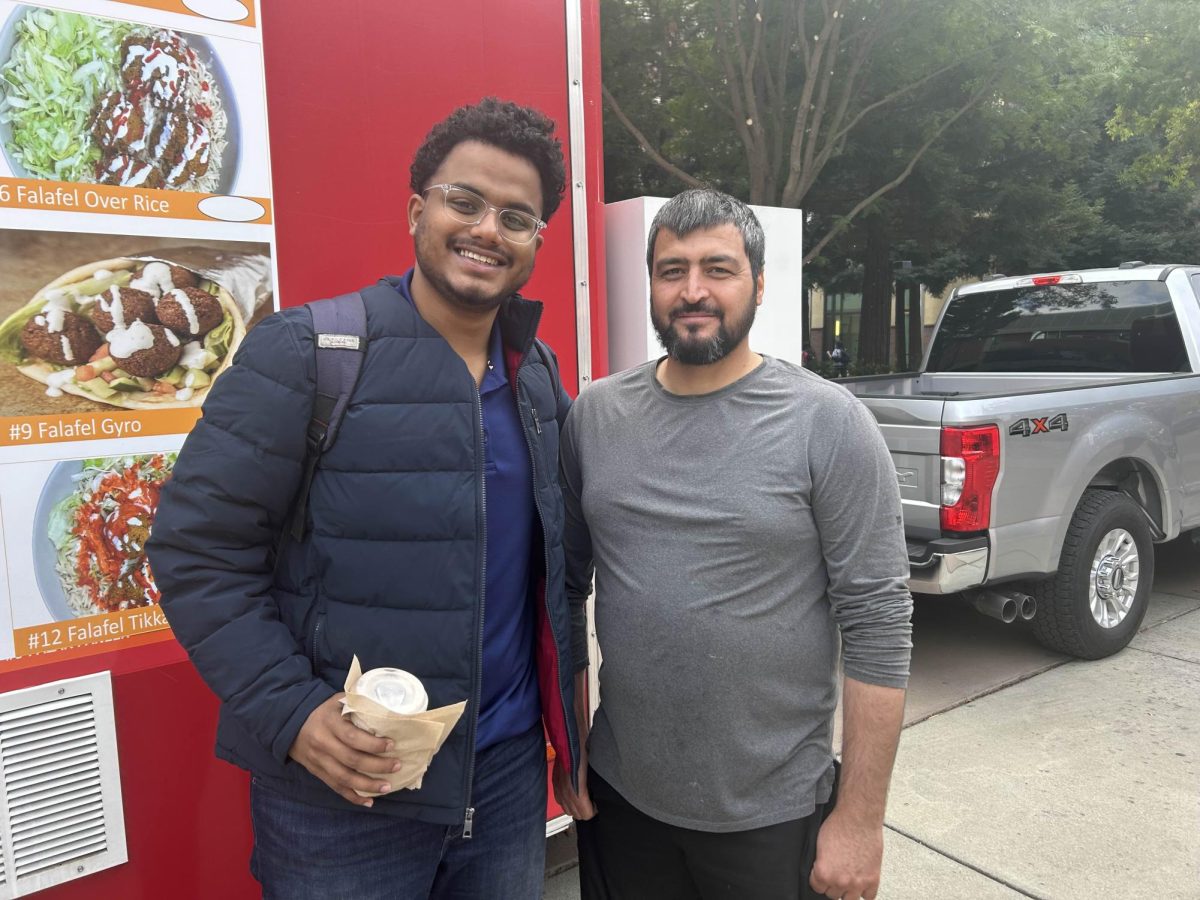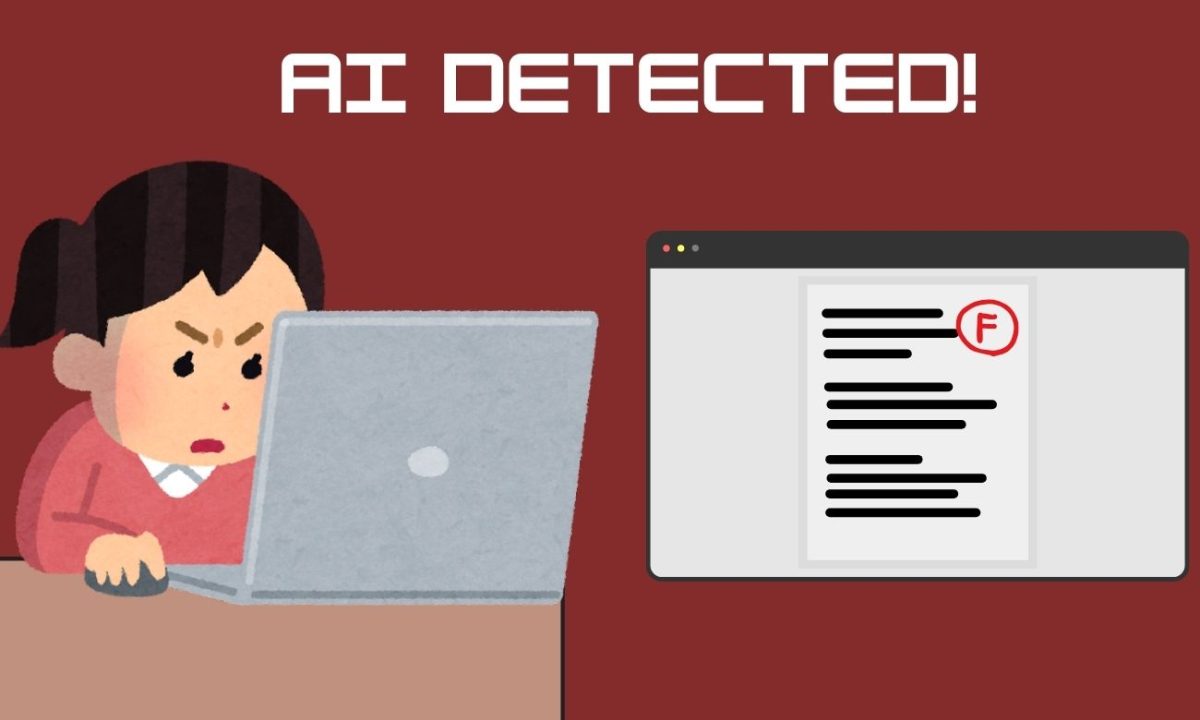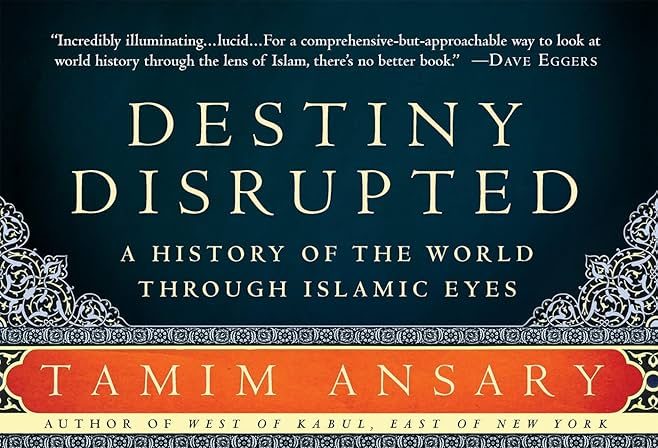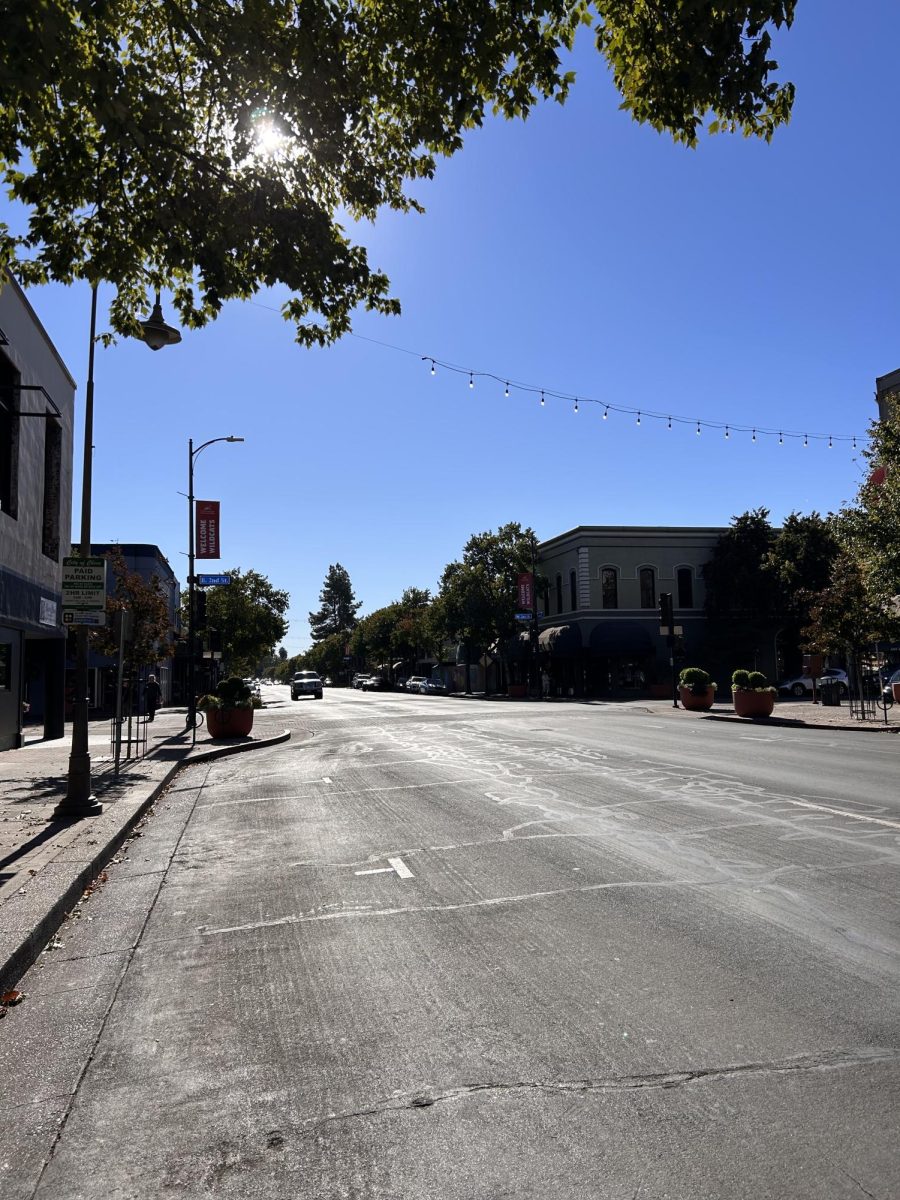
As storytellers we spin tales about ourselves, each other and the world one way or another.
We’re made of stories. It makes sense that the tools we use to capture these bundles of thoughts will have some lasting imprint on their shape and form.
Twenty-first century culture is saturated with information and entertainment. Whether it’s shared through writing, photos or video, every medium has different strengths.
The ebb of reading and writing
With so many pretty pictures, cool videos and radical clips to watch, it seems words are losing their edge. If a picture is worth a thousand words, what is a video worth?
Twitter’s 140-character limit is an example that writing is on the decline, showing how visual media is displacing the old time word craft of yesteryear.
People who never learned to write let pictures tell their story on Instagram, Facebook, Pinterest — and images do a damn good job of it.
Reading seems like too much work
The trouble with words is that the mind has to do the groundwork to make them work. In other words, sentences that may add up to a specific image in the mind of a writer are only considered effective if they have a similar impact on readers.
With videos, the story is laid out in one singular interpretation, one representation made by a cast and crew. Pictures are flat, static and easier to interpret than a 500-word blog post.
It takes a different part of the mind to bring meaning and life into words on a page.
So what’s the point of reading and writing? What can it do for us that these other mediums can’t?
Why bother telling a story through a bunch of symbols that may not add up when a photo could show what’s going on?
Why reading & writing will always matter
Writing has the advantage of being the most flexible medium because it’s not bound by the particulars of the moment it attempts to translate.
There’s a beauty in capturing a moment through the lens of a camera. But cameras cannot time travel, words can.
In this way, the abstract symbols that give meaning to what you’re reading now can take your attention to events that happened months, years or decades ago — to things that never happened or into the black unknown of the future.
There are strengths and weaknesses to any form of information, whether written, captured through a photo or documented by video.
Ultimately, none of these are better than the other because they don’t exist separately. It’s the synthesis of these media that shape perception and become the fabric of experience.
Kevin Crittenden can be reached at [email protected] or on Twitter at @kevlodius.



